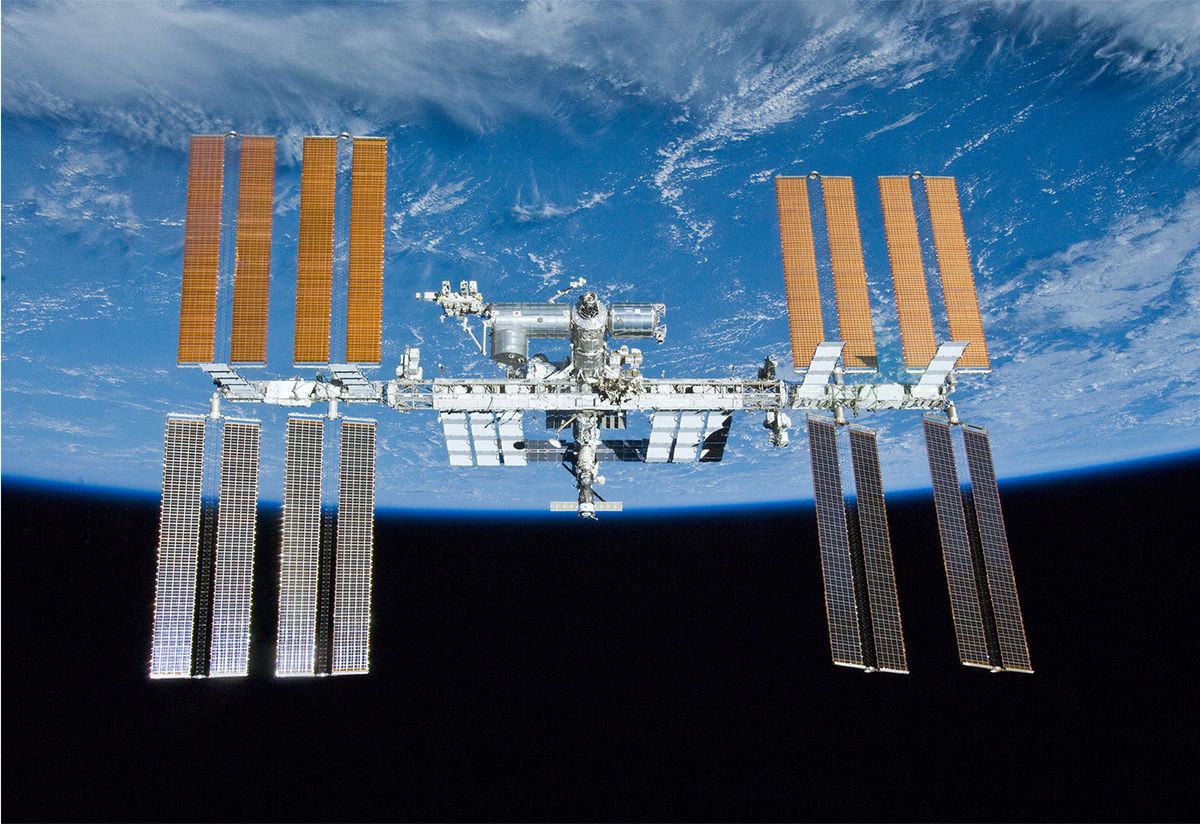DrSo worried researchers wondered whether this radiation could, in the long run, affect the reproductive capabilities of humans, as well as the animals that would accompany them in their new lives. To answer this question, a large-scale scientific experiment was launched and its results were published on Friday in the journal science progress, somewhat reassuring.
After spending nearly six years in orbit on the International Space Station (ISS), already freeze-dried rat sperm were able to give birth, once back to Earth, to a group of healthy mice. Radiation from space includes the “solar wind, cosmic rays” emitted from the sun or from outside the solar system, which are known to damage DNA. But according to the researchers, “freeze-dried sperm could theoretically be stored on the International Space Station for 200 years” without a problem, lead researcher on the work, Teruhiko Wakayama, a professor at Yamanashi University in Japan, told AFP.
“slight” abnormality
The project began in 1997. Teruhiko Wakayama, who dreamed of being an astronaut and was a voracious reader of science fiction, demonstrated for the first time with his team that mice can indeed be born from freeze-dried sperm. This is a practical requirement: in this form, samples can be stored at room temperature for more than a year. Otherwise, they will have to be sent to refrigerators that are not available on board the missiles.
Years later, researchers collected semen from 12 mice, which were placed in six small boxes each containing 48 ampoules, no larger than a pen. Three of these boxes remained in Japan to serve as a point of comparison, and three of them took off to the International Space Station in August 2014. On board the station, astronauts placed them in refrigerators at -95 degrees Celsius.
The first box was returned to Earth nine months later, to prove the feasibility of the experiment. The second fund remained on board until May 2016 (that is, two years and nine months). Finally, the third was returned to Earth in June 2019, after spending 5 years and 10 months in space. Then the researchers observed the sperm DNA. Teruhiko Wakayama explained that “by measuring the damage to the DNA, there was no significant difference between samples kept in space for three or six years, or those preserved on Earth.”
Once the eggs were fertilized, “minor” chromosomal abnormalities were discovered in sperm that had spent years in weightlessness. But this damage did not affect their development.
400 “space mice”
In fact, the embryos were grown in the laboratory, and then some of them were transplanted into female mice. In all, 243 mice were born from sperm that survived approximately 3 years in space, and 168 of those that survived at approximately 6 years of age.
“Looking at the birth rates of these embryos, there was no difference between those preserved on Earth or in space, whether they were 3 or 6 years old,” said Teruhiko Wakayama. All the pups were normal-looking (…) and no abnormalities were found.” Five samples born from sperm that had spent 3 years on the International Space Station were studied throughout their lifespan. Researchers found that their life expectancy is just below average Life expectancy.But these results must be confirmed by the study, which is still underway on other samples, generated from its part by sperm that have spent nearly 6 years in space.
Finally, the “space mice” were mated, giving rise to new specimens, which in turn produced a third generation. According to the study, it was found that “all offspring are normal.”
For the co-author, these findings are “positive for the long-term conservation of genetic resources.” Instead of taking several exhausted living animals with them, humans migrating to another planet would be able to carry freeze-dried sperm, in order to prevent inbreeding that leads to degeneration, Teruhiko Wakayama explains. However, the altitude at which the International Space Station orbits (400 km) still benefits from Earth’s protective magnetic shield. Moreover, the radiations are more intense, so additional experiments should be conducted there in the future, the researchers judge.

“Subtly charming problem solver. Extreme tv enthusiast. Web scholar. Evil beer expert. Music nerd. Food junkie.”

